Susan Stronge was understandably a little emotional as she spoke to Eastern Eye last Monday (5), the final day of the exhibition on The Great Mughals: Art, Architecture and Opulence, the exhibition she curated at the Victoria and Albert Museum.
The exhibition opened on 9 November 2024 to celebrate “the extraordinary creative output and internationalist culture of the golden age of the Mughal court (about 1560–1660), during the reigns of its most famous emperors: Akbar, Jahangir and Shah Jahan.”
There was a large crowd on the last day to catch one more glimpse of the jewellery, paintings, armour, textiles, carpets and other works of art before they were taken down to make way for the next exhibition, Marie Antoinette Style: Shaped by the most fashionable queen in history, in September.
By any reckoning, The Great Mughals has been a huge success. On the final day, Stronge wandered through the gallery, listening to visitors’ chatter – few of them aware she was the curator who had selected the objects now holding them spellbound.
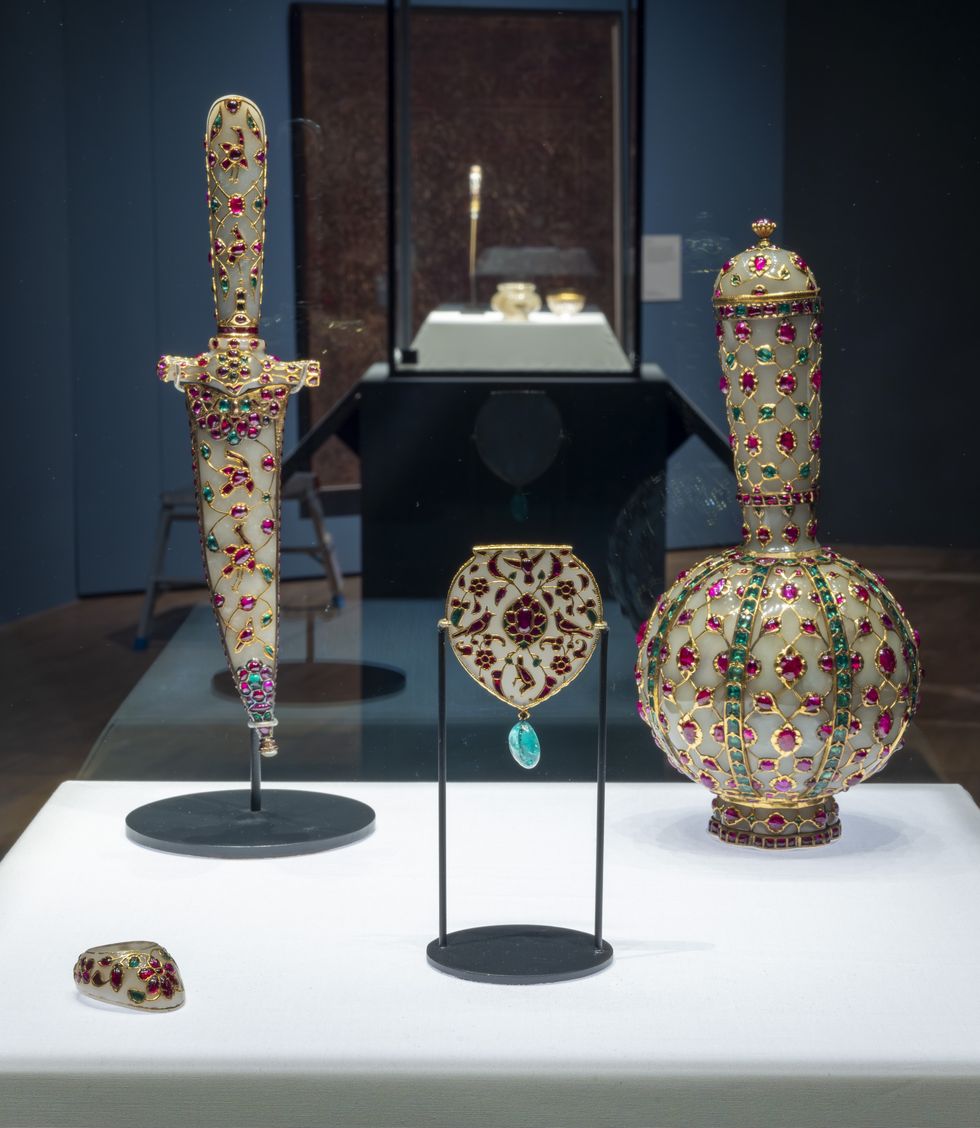
“I’ll miss it when it goes,” she admitted. “But I’m very, very pleased it’s been so successful and people have obviously enjoyed it. I quite liked eavesdropping on people who are talking to each other about the objects. I heard a couple who were looking at the jewelled jade pendant that arguably could have been made for Jahangir. The chap looked at it and said it was worth coming just to see that one piece. I thought that was fantastic.
“I am struck by the number of people who tell me they have been two, three, four, five, even 10 times. I have a Pakistani friend from Lahore, who is now in London, and he was coming every Friday and he was in week six.”
The Great Mughals was Stronge’s swansong after 49 years at the V&A. She formally retired in February as senior curator in the Asian department, where she had mentored many over the decades. Another of her exhibitions that she feels has left “a significant legacy” was The Art of the Sikh Kingdoms in 1999.
She said: “I have got a three-year position in the museum as an honorary senior research fellow in the research department of the V&A Research Institute.”
Although she is now recognised as a leading scholar in Sikh and Mughal art, she feels she came into the field almost by accident.
“A happy accident,” she acknowledged.
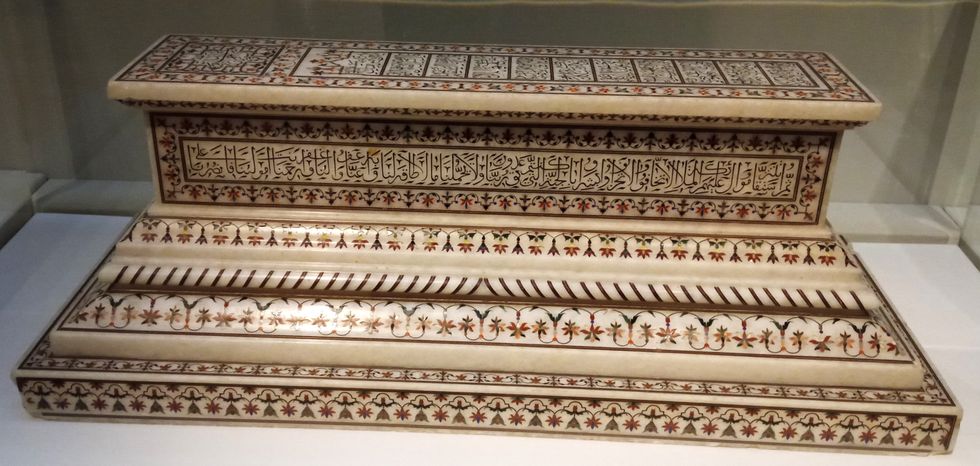
She is a Yorkshire girl who grew up in Ripon in a family where visiting museums wasn’t the done thing. She initially did voluntary work in Norwich, at the Castle Museum and in Strangers’ Hall, a Grade I listed building. She didn’t know it then, but her life was set to change when she applied for, and got, a job as an assistant at the V&A in 1976.
“I was told at the interview I’d be in ceramics, metalwork or the press office,” she recalled. “When I turned up for work, the first day, they said, ‘Oh, you are in (what was then) the Indian section.’ This was a surprise, but also disconcerting, because I knew nothing about India, its history and culture. The keeper of the department was John Irwin, who was a very distinguished textile historian.
“I did an MA at SOAS in South Asia studies and was taught by John Burton-Page, who was a fantastic teacher of Mughal architecture and art. It snowballed from there as I got more and more interested. We did interesting exhibitions (at the V&A) under Robert Skelton’s leadership. We did Arts of Bengal in 1979. No two years were the same. We were given so many opportunities.”
Her interest in Mughal art “evolved over many years. I’ve been teaching a lot on South Asian art courses”.
She found the Western way of defining fine or decorative art “did not apply at all to Mughal or other Eastern arts. So, I started thinking about how to present it.
“I did a book many years ago (2010) called Made for Mughal Emperors: Royal Treasures from Hindustan which was published by Roli in India. I did it by theme, and took things like the institution of the royal household, the imperial treasury. It was much more rooted in telling the cultural story of the history and atmosphere of the court.”
She likes the word “Hindustan”, because the art of pre-Partition India takes in present-day India, Pakistan, Bangladesh, Afghanistan, and Myanmar. It was also what the Mughals called their own territories.
Coming to the present, she said that when the V&A’s current director, Tristram Hunt, “said he would like a South Asian exhibition, I suggested The Great Mughals, and it was added to the schedule – though plans were later disrupted by the pandemic.”
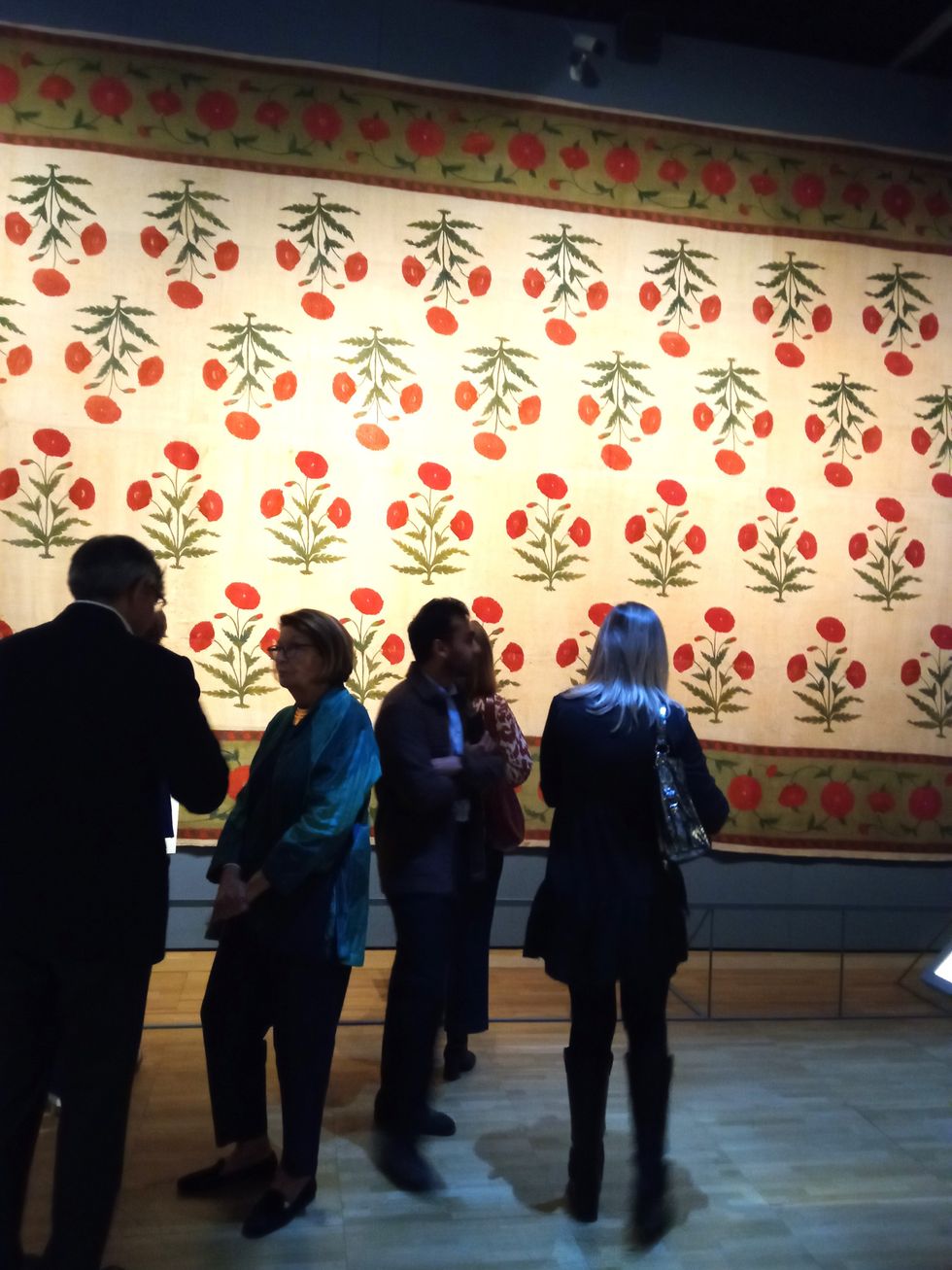
She began by considering the objects she could pick, and is grateful for the loans from the Al-Sabah collection in Kuwait. She said the late Sheikh Nasser “had an absolute passion for Mughal art”, and his wife, Sheikha Hussa, had been “incredibly generous”.
Stronge offered an insight into her approach to curating the exhibition: “I wanted to show the very great art produced over 100 years under Akbar, Jahangir and Shah Jahan. I also wanted to explain something of the history and the cultural context, and also show how hybrid the culture was. That is reflected in the hybridity of the art.
“In the West you tend to see Hindu and Muslim in completely separate categories. That’s not the reality. People share in each other’s religious festivals. That’s why in the studies of art history, ‘Islamic art’ is an almost meaningless term.
“Art historians (in the West) can’t quite place the Mughal empire, because it is not purely Islamic. The rulers are Muslim, but the majority of the population was Hindu. Akbar had Hindu wives and Jahangir had a Hindu mother. It’s not something that fits into Western categorisation. It’s much more hybrid. That’s something I wanted to get across – and how remarkable the artists were. Most of us, certainly me, had never heard of them before I joined the V&A. People like Ustad Mansur, Abu’l-Hasan, and the Iranian master Sa’ida Gilani, a goldsmith who crafted jade artefacts. What is so frustrating is how little we know about their lives or backgrounds.
“The thing that surprises many people is the primacy of the Persian language in the Mughal courts. It was the cultural language of the court, whether you were Hindu or Muslim. One of the leading poets under Jahangir was a Brahmin writing in Persian. I wanted to show the internationalism of the court, the importance of the Persian language and the beauty of the objects. Then there are things, like enamelling, which is a difficult craft. It comes from a foreign technique but becomes completely Mughal and sensational.”
Some of the craft techniques had survived, passed down from one generation to the next.
“There’s this wonderful continuity,” she commented.
She said the Aga Khan Trust for Culture, for example, was trying to revive “the craft of inlaying wood with mother of pearl. They wanted to copy a canopy that had been made in Gujarat and moved to a shrine in Nizamuddin in Delhi. They wanted to put it in their new museum. And, in doing so, they revived a craft that had been completely lost.
“They had to reinvent it almost by trial and error, and they’ve done it to perfection. We showed a short film about the technique in the exhibition.”
Perhaps most important of all, what her exhibition shows is that the Mughals were and remain an integral part of India, its history and its culture.
“If you remove them (from India’s history), you’re removing some of the greatest monuments in the world from the narrative, aren’t you?” she pointed out.
“How do you explain the Taj Mahal, the forts in Delhi and Agra, the endless tombs and monuments? If you don’t know the historical context, you’re losing a lot. It’s something to be proud of.
“If you’ve got a country with a Taj Mahal, it’s something to celebrate.”






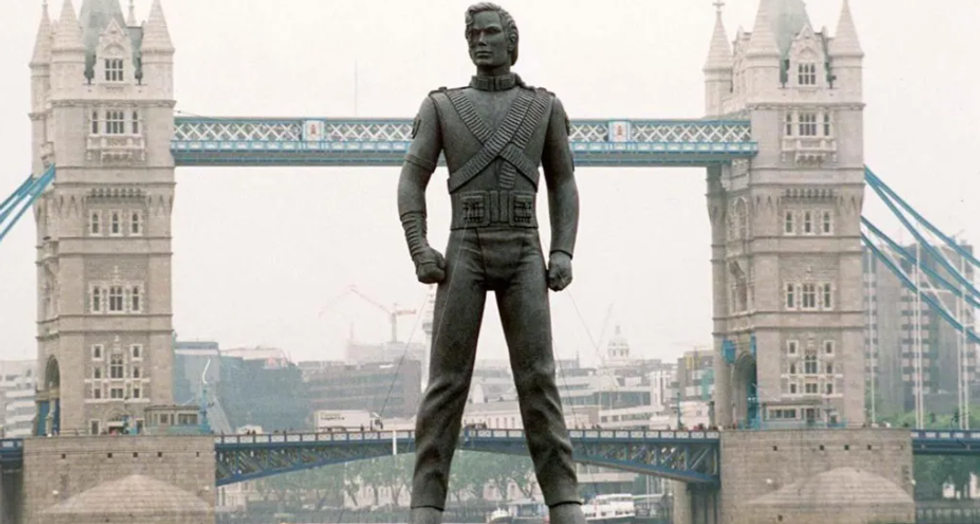 The statues were the product of a transatlantic effortGetty Iamges
The statues were the product of a transatlantic effortGetty Iamges








 The 50 digital paintings showcase a blend of cosmology and Indian classical musicThe Bhavan
The 50 digital paintings showcase a blend of cosmology and Indian classical musicThe Bhavan
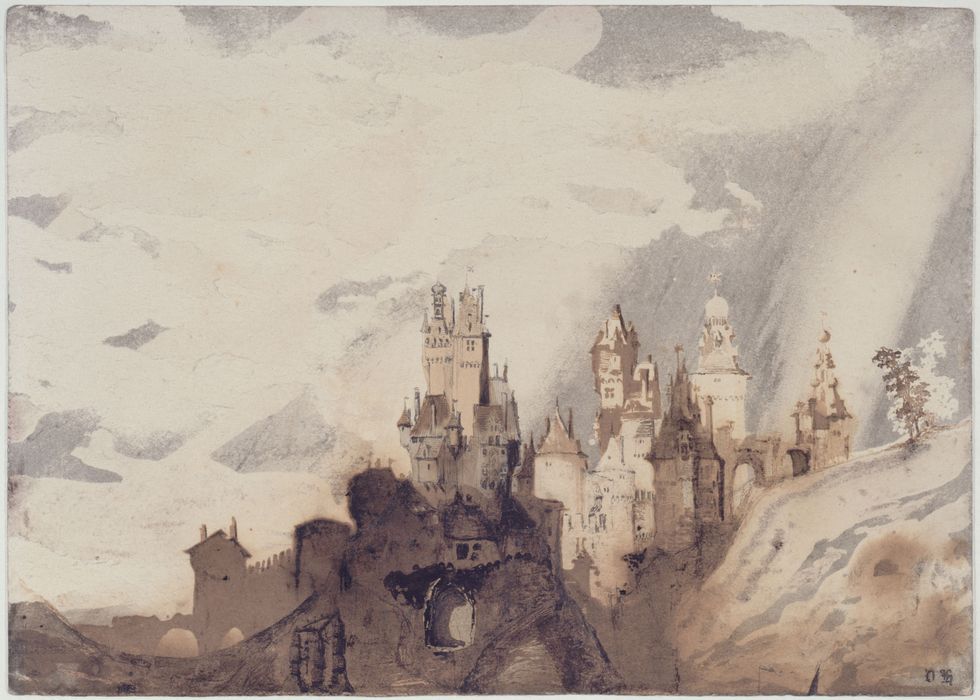 The Cheerful CastleParis Musees
The Cheerful CastleParis Musees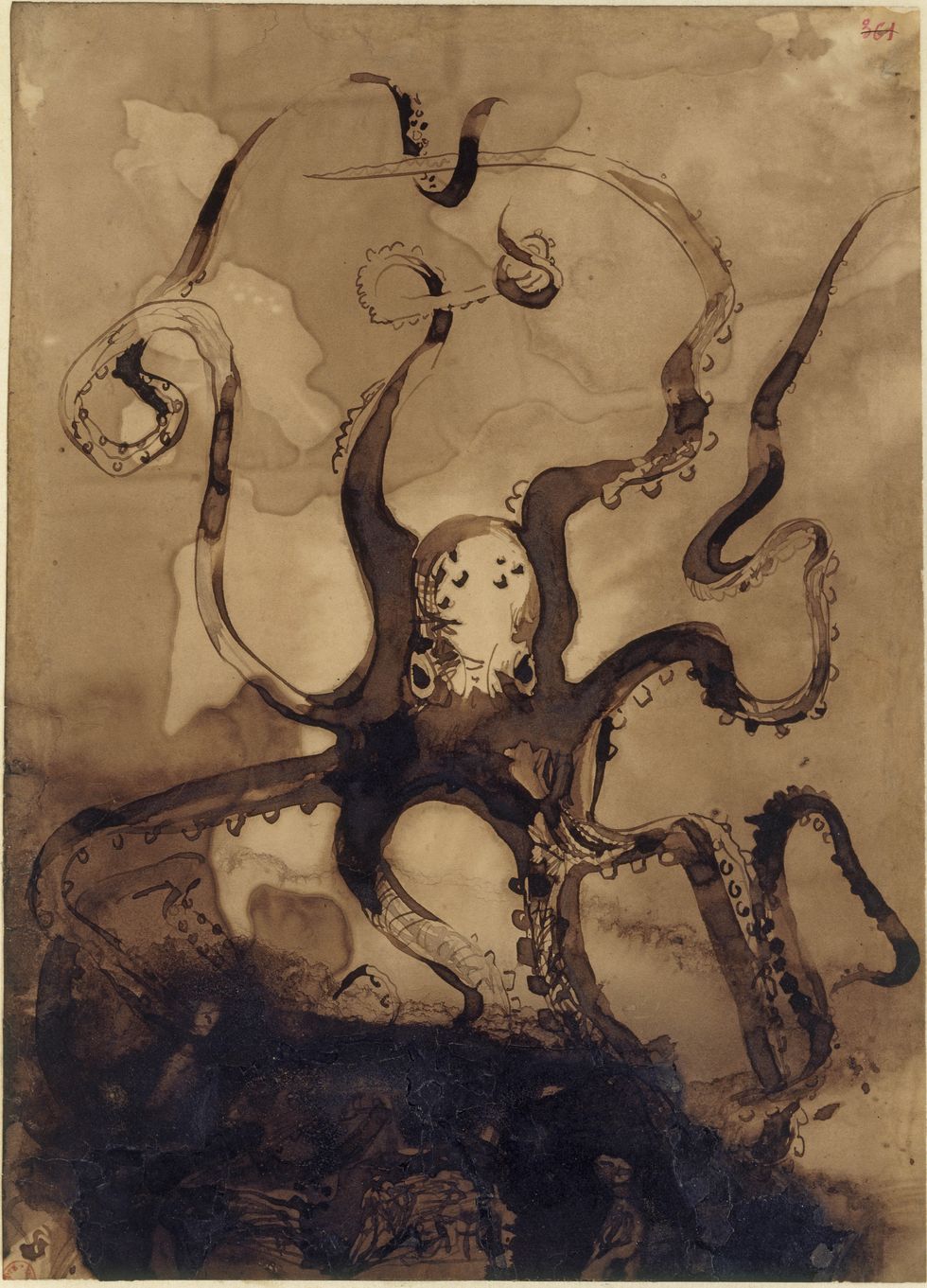 OctopusParis Musees
OctopusParis Musees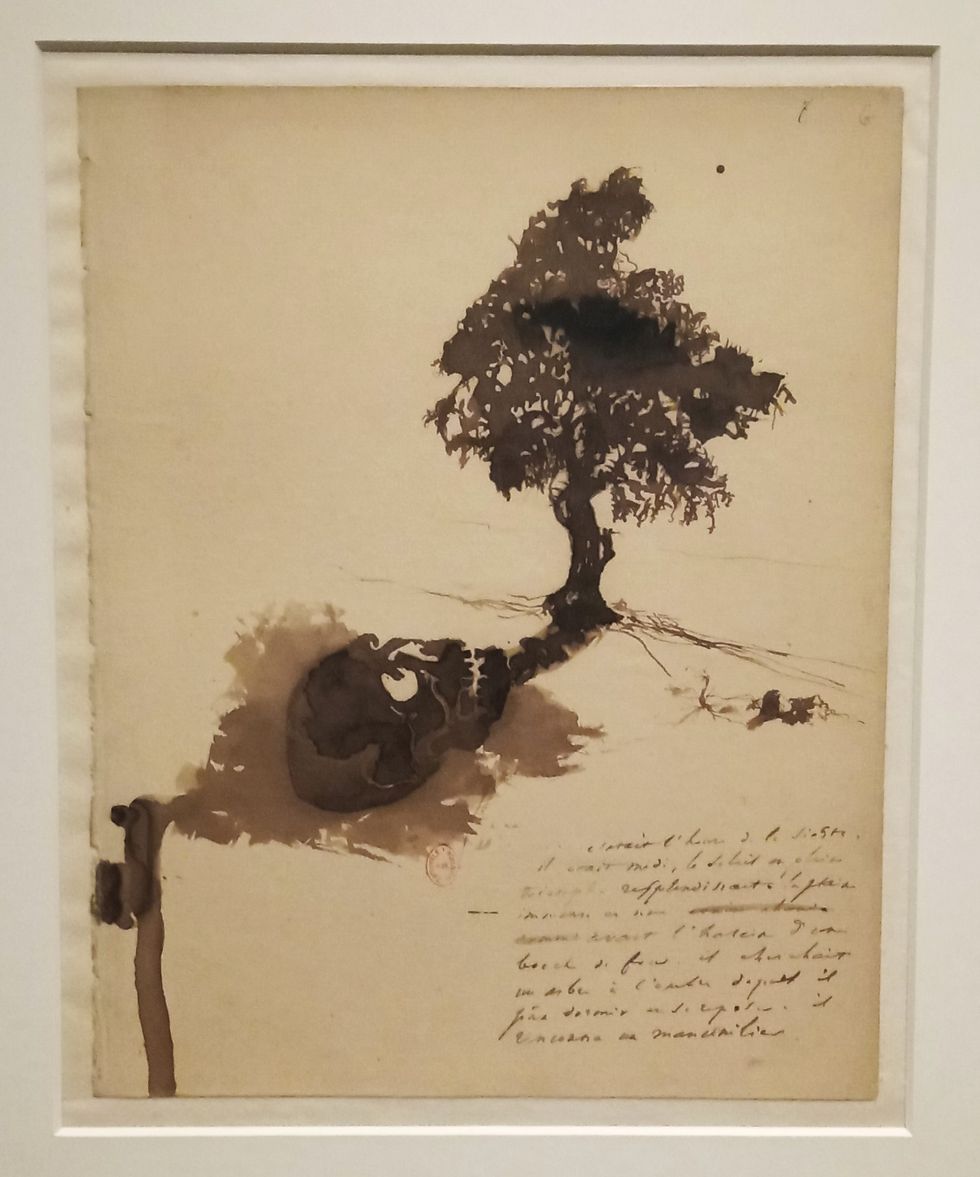 The Shade of the Manchineel TreeParis Musees
The Shade of the Manchineel TreeParis Musees MushroomParis Musees
MushroomParis Musees A photograph of Hugo taken by his son, CharlesParis Musees
A photograph of Hugo taken by his son, CharlesParis Musees
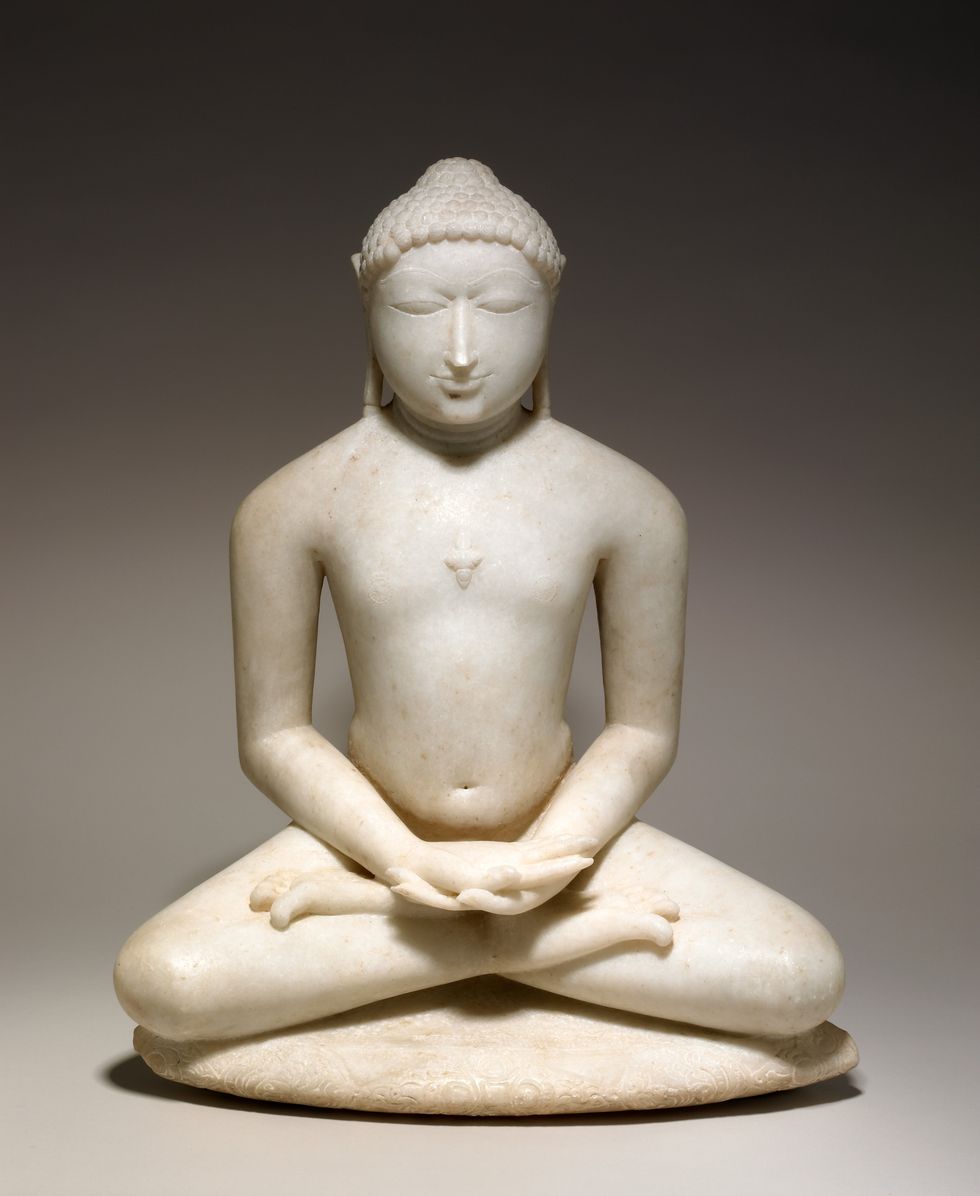 A seated Jain enlightened teacherAshmolean Museum, University of Oxford
A seated Jain enlightened teacherAshmolean Museum, University of Oxford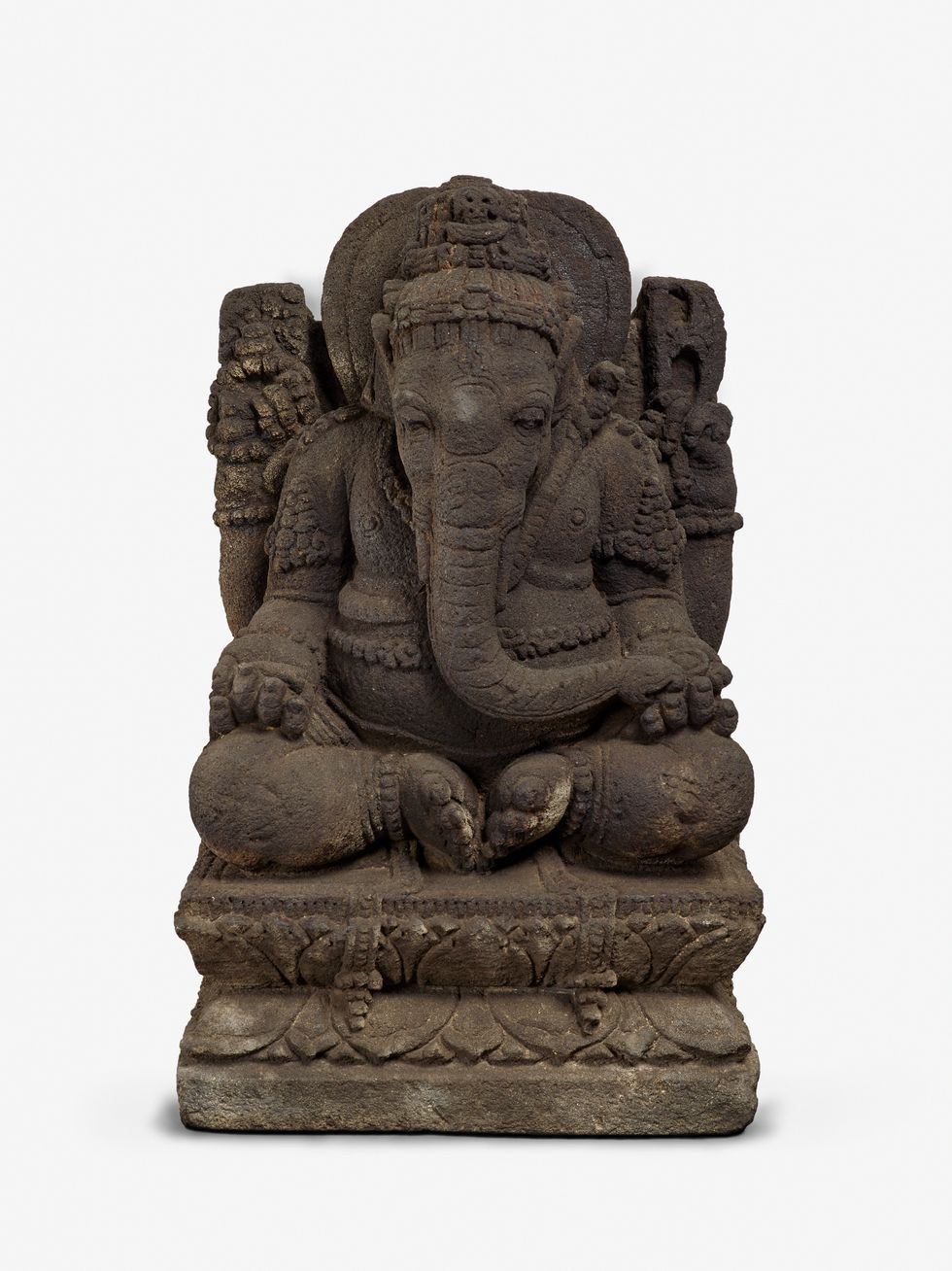 Ganesha from JavaAshmolean Museum, University of Oxford
Ganesha from JavaAshmolean Museum, University of Oxford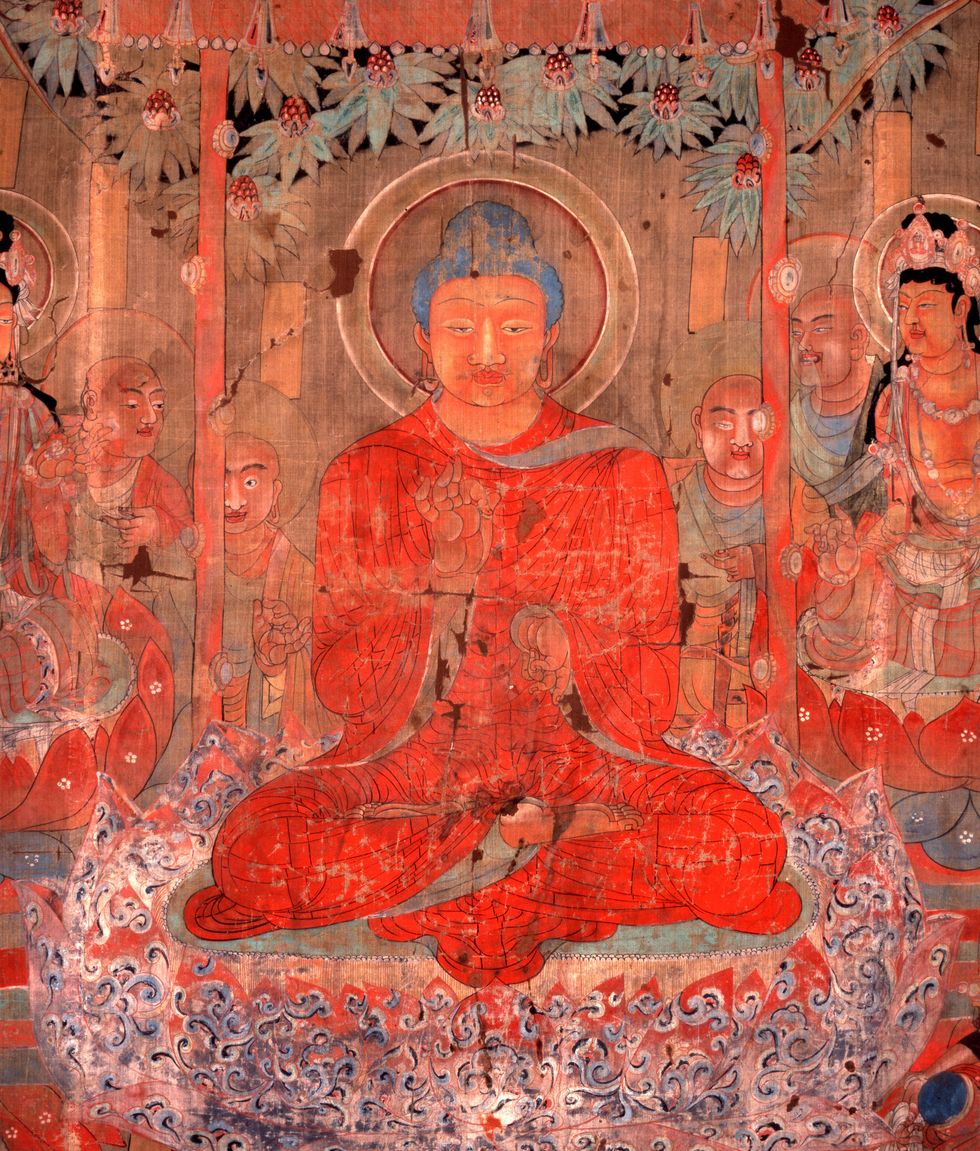 A Chinese silk painting depicting the BuddhaAshmolean Museum, University of Oxford
A Chinese silk painting depicting the BuddhaAshmolean Museum, University of Oxford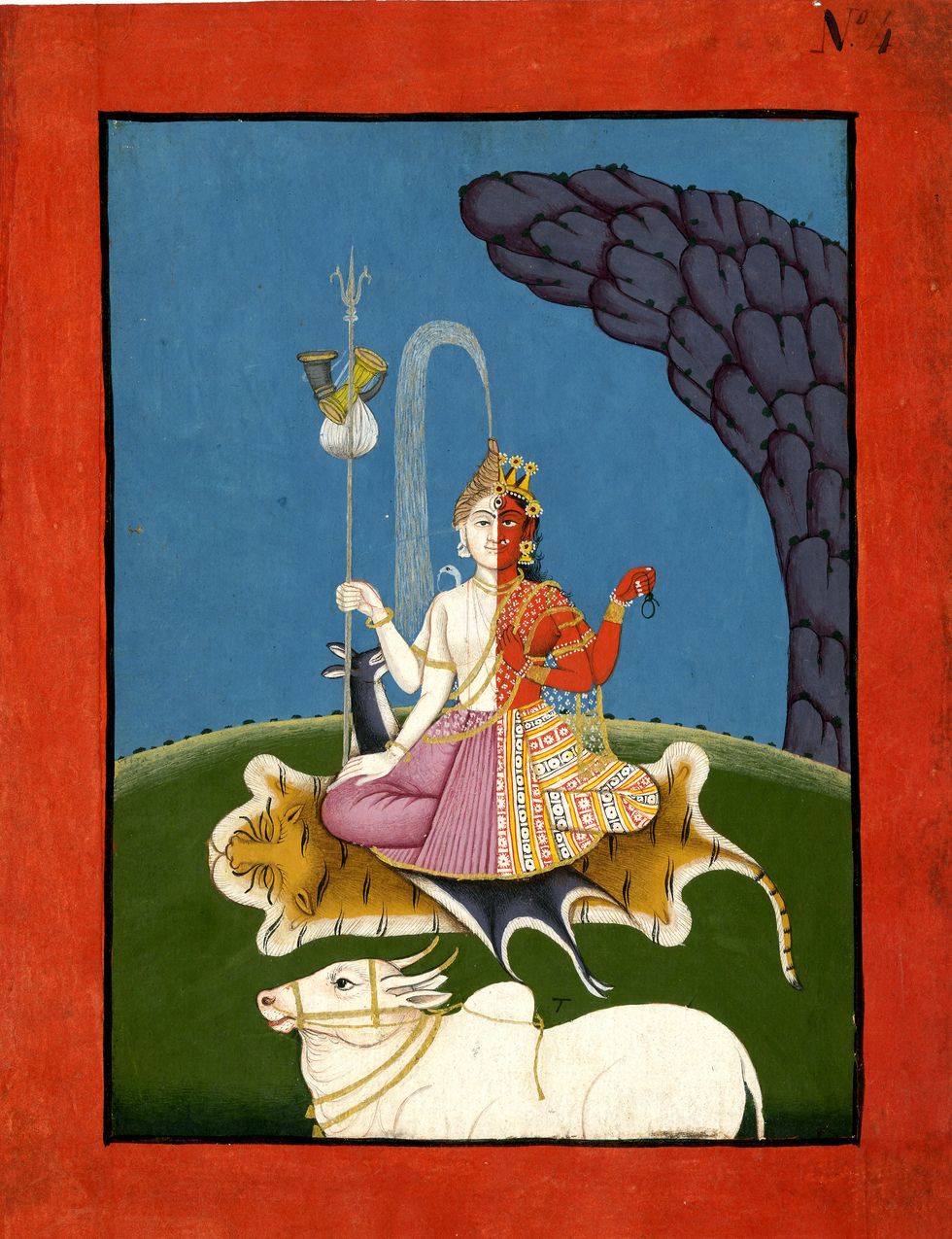 ArdhanarishvaraAshmolean Museum, University of Oxford
ArdhanarishvaraAshmolean Museum, University of Oxford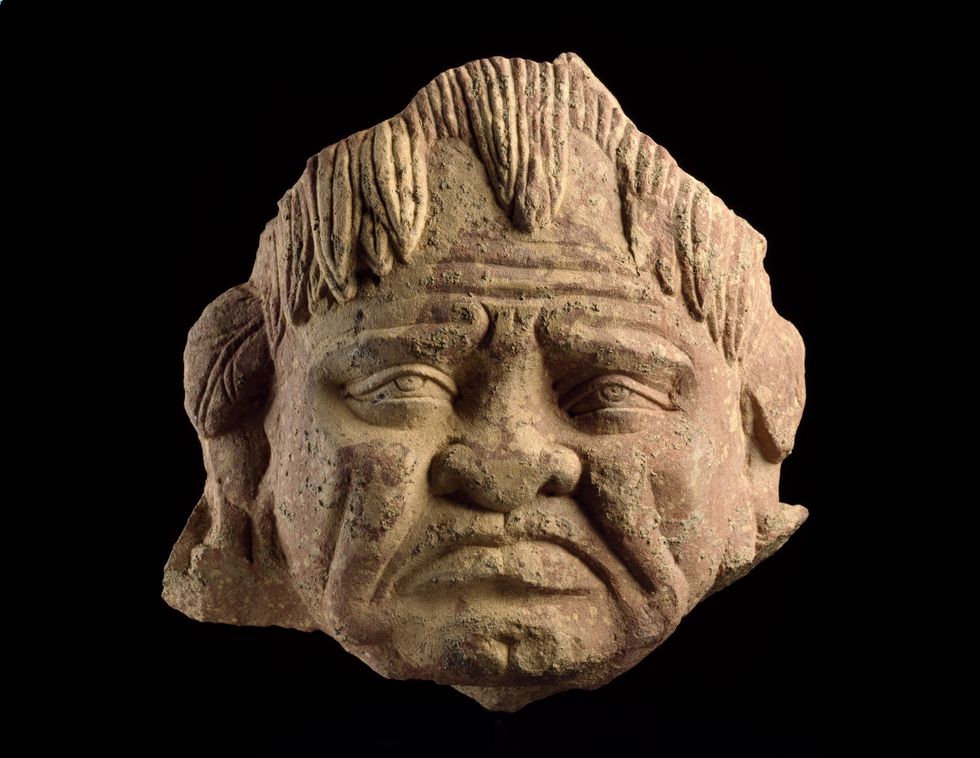 Head of a grimacing yakshaAshmolean Museum, University of Oxford
Head of a grimacing yakshaAshmolean Museum, University of Oxford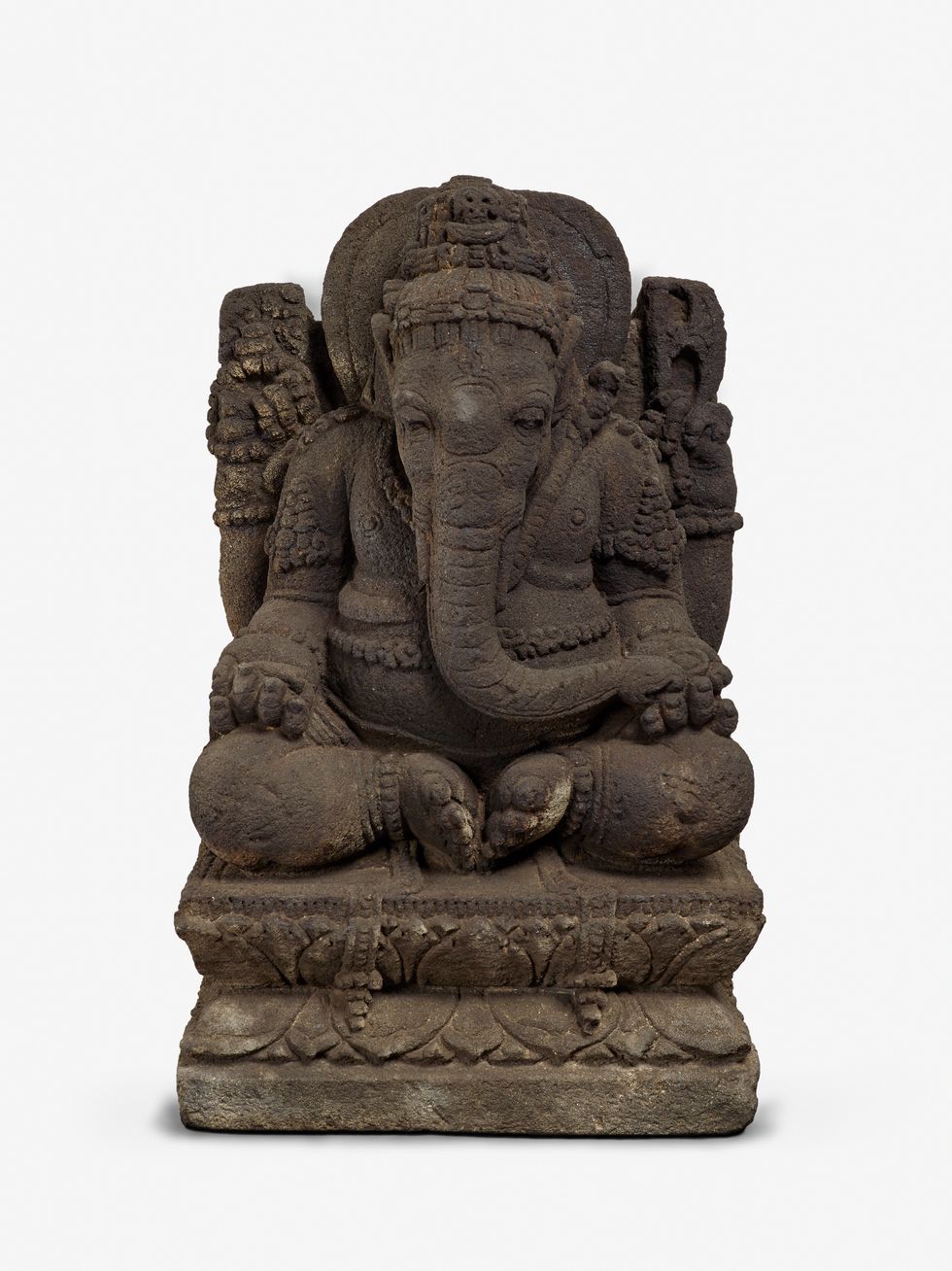 NagaAshmolean Museum, University of Oxford
NagaAshmolean Museum, University of Oxford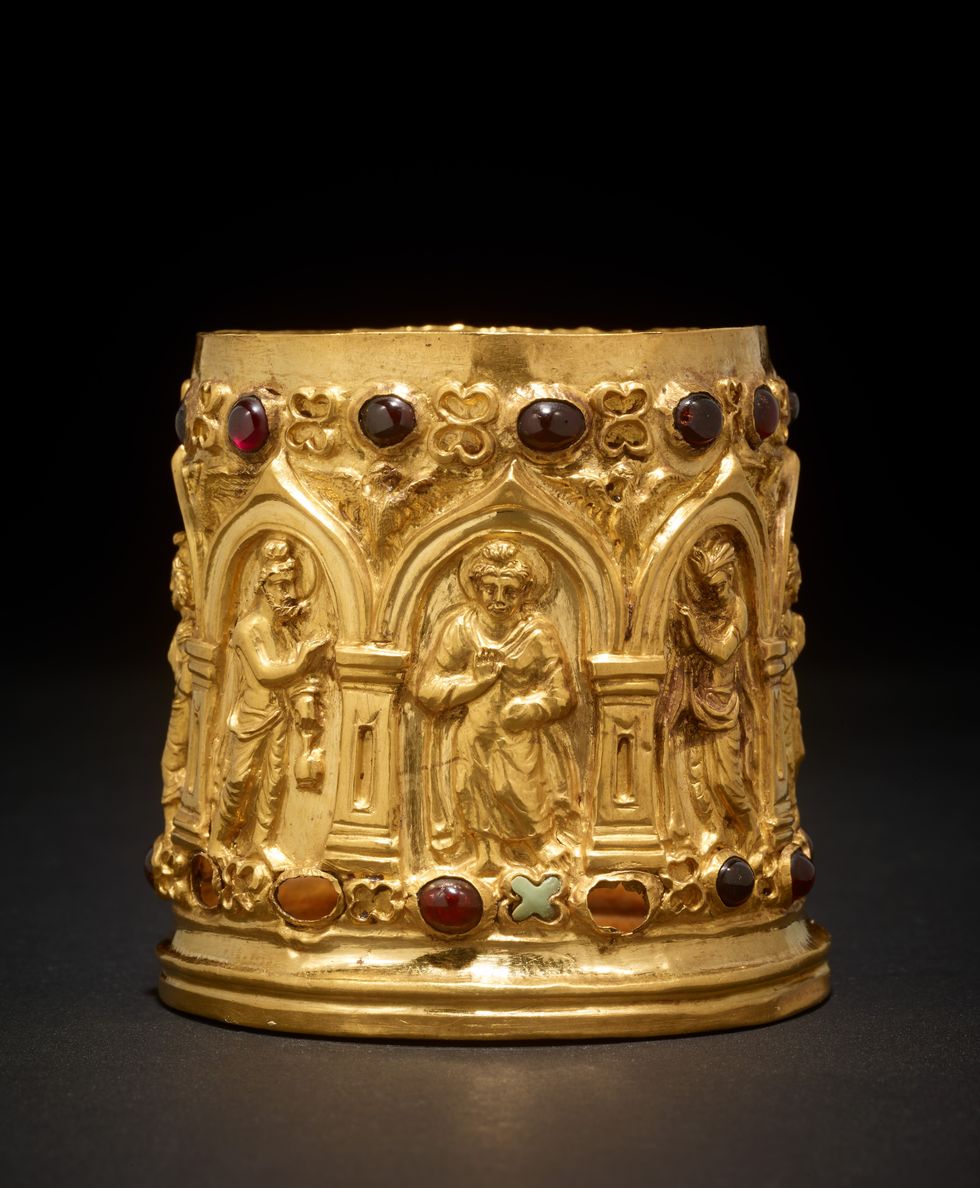 The Bimaran casketAshmolean Museum, University of Oxford
The Bimaran casketAshmolean Museum, University of Oxford
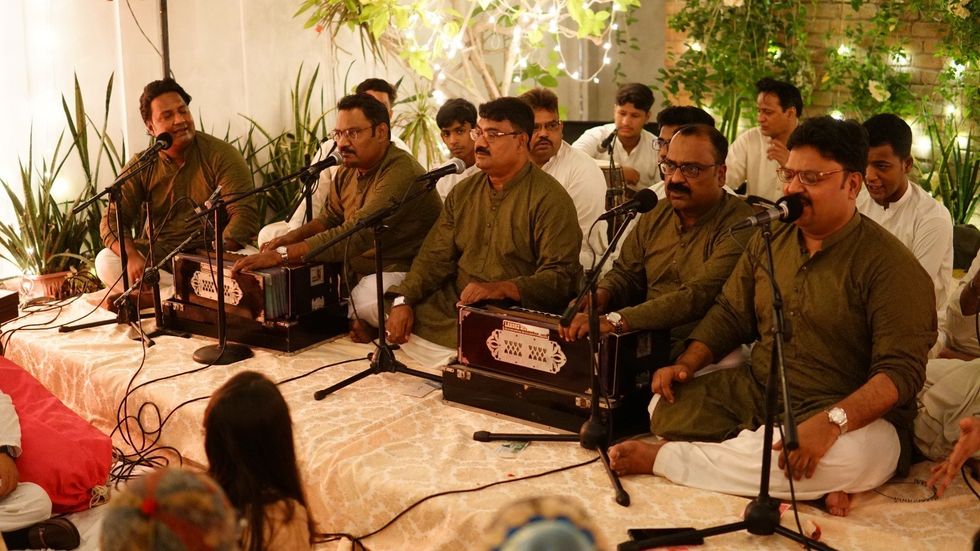 Them performing liveNajmuddin Saifuddin Qawwal Group
Them performing liveNajmuddin Saifuddin Qawwal Group